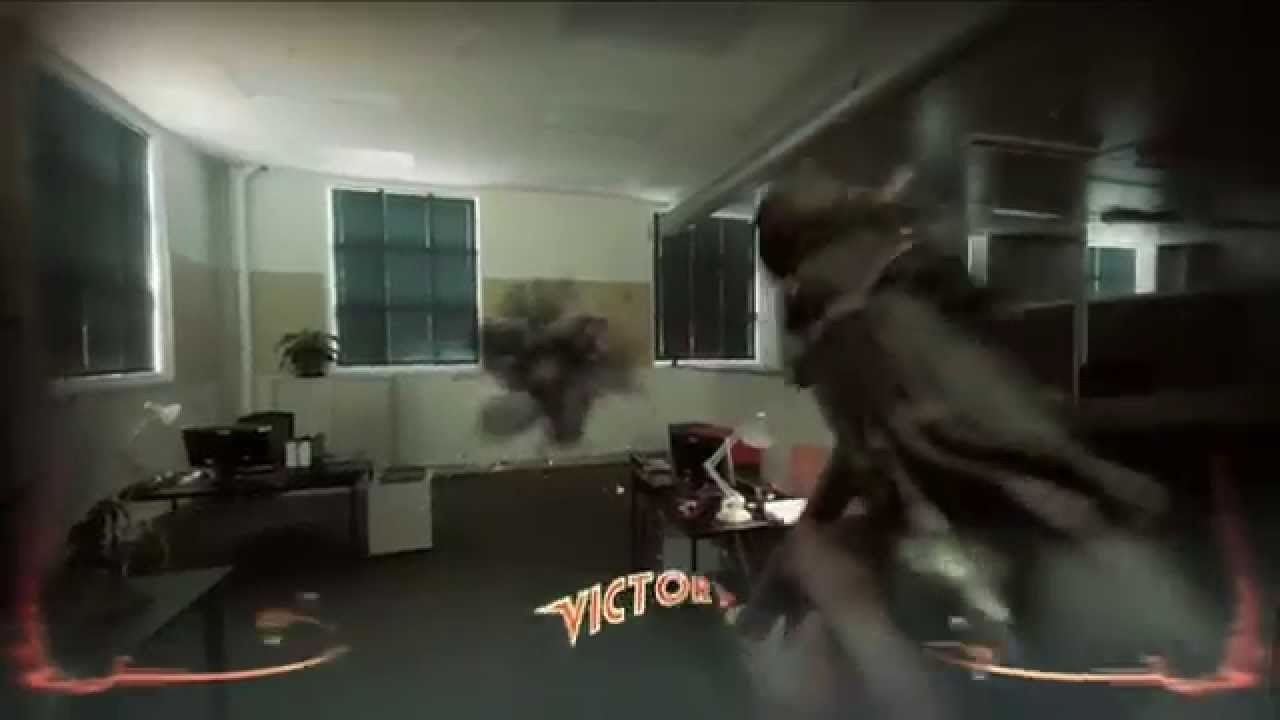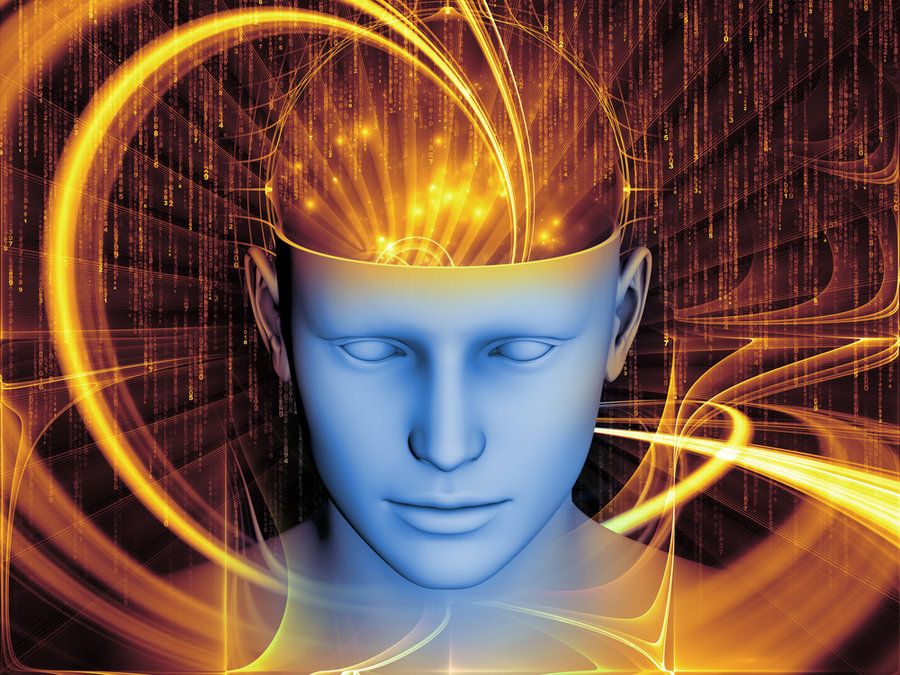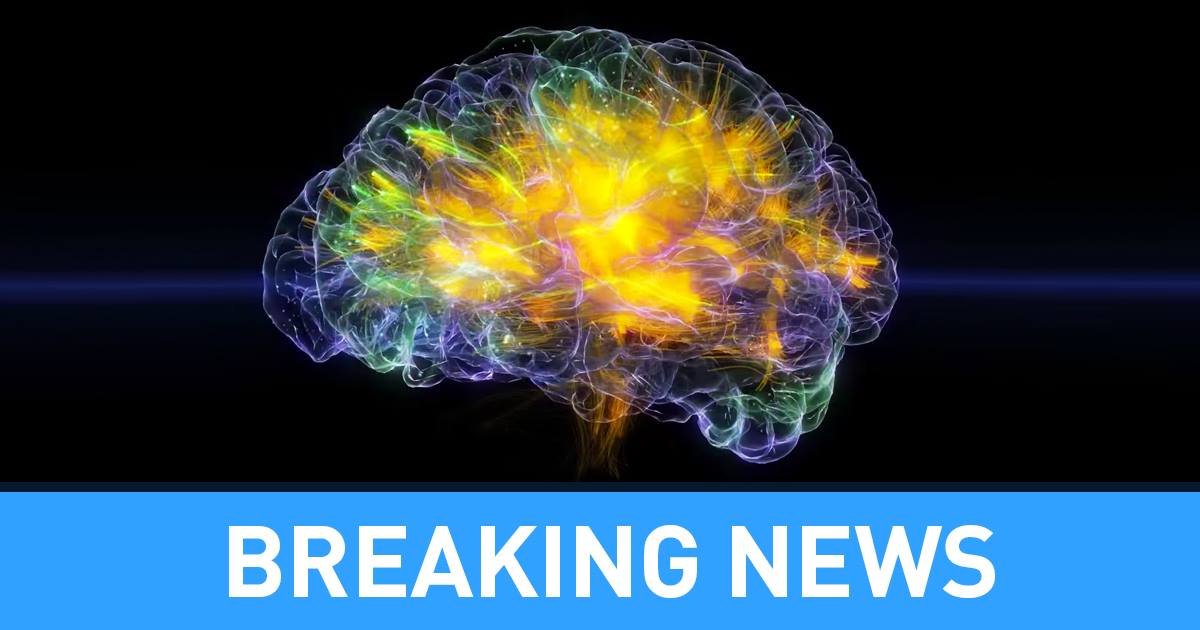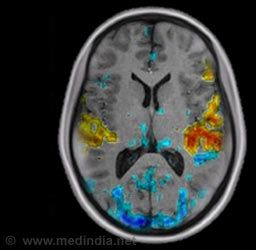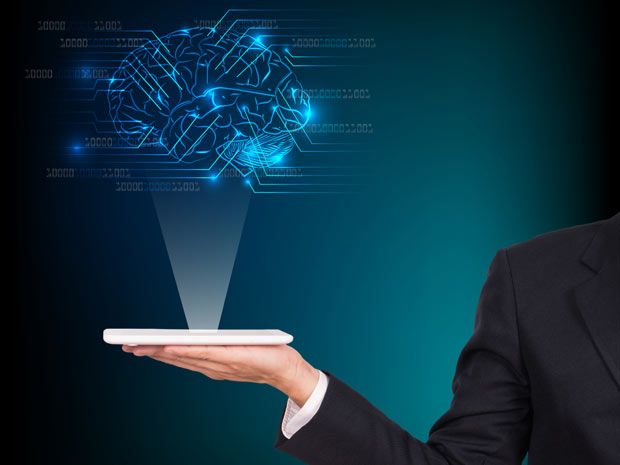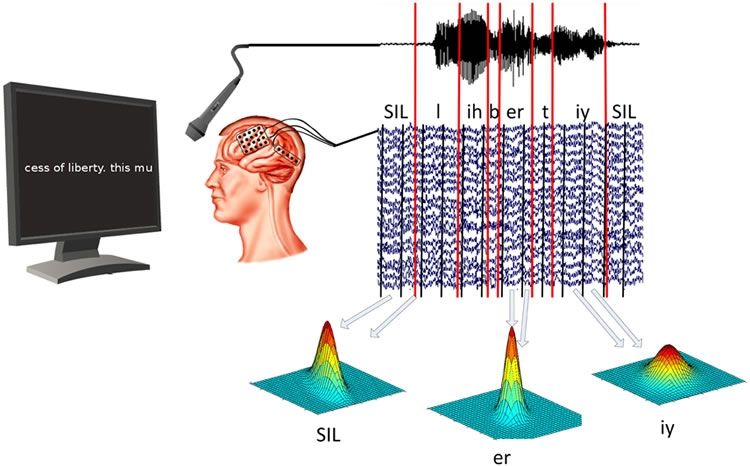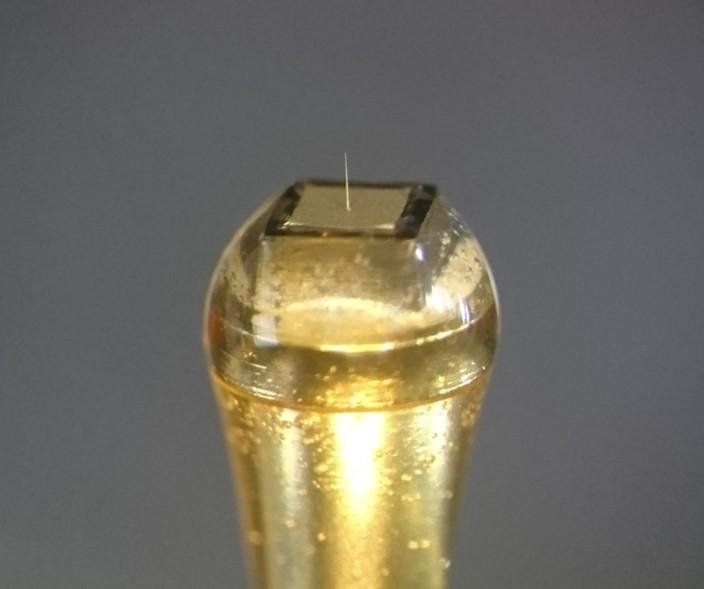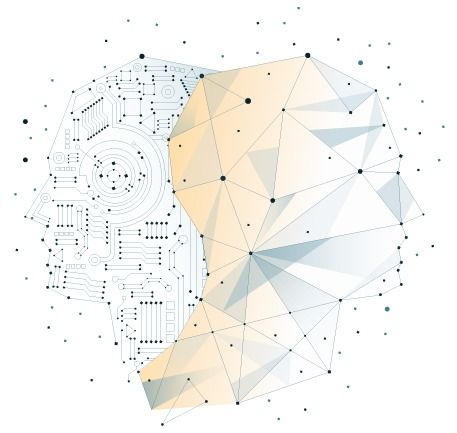In Brief:
- Now with just under $800 million in funding, Florida startup Magic Leap has applied for a patent for its VR/AR headsets, bringing them one step closer to market.
- From healthcare to the military, VR/AR is being applied to industries far beyond its humble roots in gaming.
Florida-based startup Magic Leap has been getting considerable attention thanks in no small part to the awesome-looking augmented reality video demos it has released. Apart from these videos and the info we could glean from some interviews and Twitter posts, however, we haven’t yet been given a complete explanation of what the company has in store for consumers. What we do know is that it promises an AR experience unlike any other by delivering “neurologically true visual perception.” In short, the brain won’t be able to tell the difference between reality and virtual reality when you are using Magic Leap’s device.
